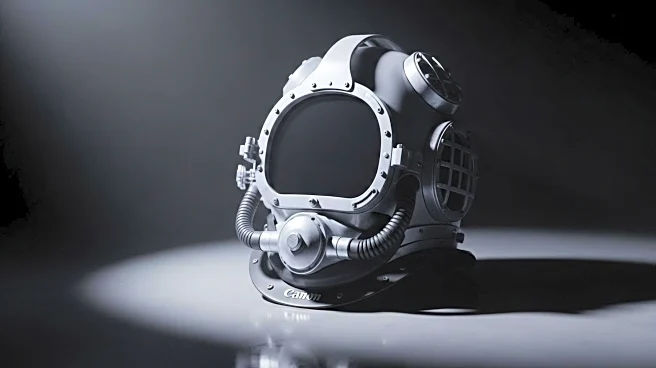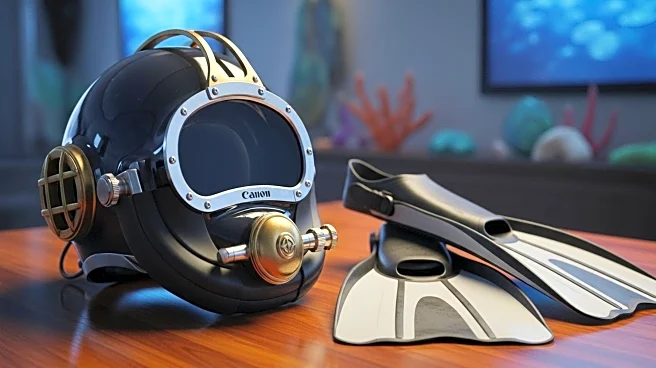What's Happening?
Ludwigsburg Palace, often referred to as the 'Versailles of Swabia', is undergoing a significant restoration project aimed at reviving its historical drapery bedchamber. This restoration is part of a larger effort to refurbish 35 rooms within the palace, which began in 2016 and is funded by the State of Baden-Württemberg. The palace, located near Stuttgart, Germany, is one of the largest Baroque castles in the country and features a variety of interior styles from different eras. The drapery bedchamber, originally designed by architect Nikolaus Friedrich von Thouret, is notable for its completeness, including fabric, trimmings, and furnishings. The restoration involves cleaning and reinforcing the original textiles, which have been exposed to years of environmental damage. The project aims to restore the rooms to their historical furnishings and layout, allowing visitors to experience the palace as it was during the reign of Friedrich I of Baden-Württemberg.
Why It's Important?
The restoration of Ludwigsburg Palace's drapery bedchamber is significant for cultural heritage preservation, offering insights into historical interior design and royal lifestyles. By reviving the palace's original furnishings and layout, the project enhances the educational and cultural value of the site, attracting visitors interested in history and architecture. The restoration also supports the local economy by boosting tourism, as the palace hosts concerts, weddings, and festivals, drawing over 260,000 visitors annually. Additionally, the project highlights the importance of conserving historical artifacts, as it involves meticulous efforts to preserve fragile textiles and furnishings. This initiative underscores the role of state-funded conservation in maintaining cultural landmarks, ensuring that future generations can appreciate and learn from historical sites.
What's Next?
The restoration of the drapery bedchamber is expected to be completed by 2026, allowing public access to the refurbished rooms. As the project progresses, conservators will continue to work on cleaning and reinforcing the textiles, using innovative techniques to preserve the original materials. The State Palaces and Gardens of Baden-Württemberg will oversee the restoration, ensuring that the rooms are returned to their historical state. Once completed, the palace will offer a more authentic experience for visitors, showcasing the grandeur and historical significance of Friedrich I's reign. The successful completion of this project may also inspire similar restoration efforts at other historical sites, promoting the preservation of cultural heritage across Europe.
Beyond the Headlines
The restoration of Ludwigsburg Palace's drapery bedchamber not only preserves historical aesthetics but also raises awareness about the challenges of conserving delicate artifacts. The project involves complex logistical efforts, such as cleaning large fabric panels and reinforcing fragile textiles, highlighting the expertise required in conservation work. Additionally, the restoration reflects broader trends in cultural heritage management, emphasizing the need for sustainable practices in preserving historical sites. By maintaining the palace's original design and furnishings, the project contributes to the cultural identity and historical narrative of the region, fostering a deeper appreciation for the artistic and architectural achievements of the past.












